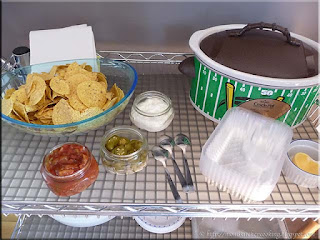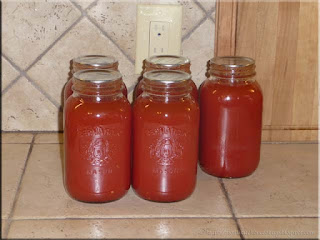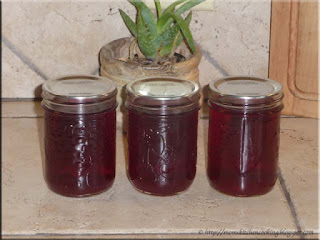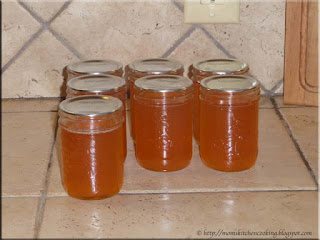September has notoriously been an extremely busy month ever since we were newlyweds. Two of our kids were born in September, a year apart. September signifies the end of summer so it always meant closing the pool, canning copious amounts of tomato products and back then getting kids ready for school. I began my undergraduate studies the year our youngest started kindergarten. This involved a daily round trip commute of three hours on a good day. Yet I was determined to put healthy food on the table and eat dinner as a family each night. I quickly developed a lot of techniques to help me achieve that goal.
The kids are grown with kids of their own. I still prep vegetables for the week ahead of time but now I put them in FoodSaver canisters. This keeps them fresh longer and they are in plain sight to encourage healthy snacking. This is a great easy lunch idea for those dreaded school lunches. The produce is already cleaned and ready to use!
Shortly after starting my academic career that spanned a total of ten years including a graduate degree, I started once-a-month cooking then quickly modified the concept to meet our family's needs. I used my slow cooker to make chili and meatballs. I would make a large batch of meatballs then freeze them for an easy to warm up, go to meal starter. I also used the slow cooker to
I have three slow cookers, now used mainly for bulk cooking sessions and entertaining. However, all of them are in use when doing a bulk cooking session. They are wonderful for compact cooking. One of our kids uses their slow cooker almost daily through-out the week. I'm old school so rely on my pressure cookers but seriously, the slow cooker is the way to go for ready to eat, healthy meals for the busy family. The meal is basically ready to eat when you walk in the door making the slow cooker an ideal tool for the busy home kitchen
My slow cookers really see the most use when entertaining. That is because I can make a dish in the slow cooker then set it to warm. My smaller slow cooker is used mainly for entertaining as it is not programmable. It does do a lovely job of warming cheese sauce and keeping it warm. It's also nice for cooking smaller batches of chili and soups.
This is a presentation I did for an gathering earlier this year. The 250 ml squatty Elite mason jars do double duty as serving bowls. That is home canned salsa and hot peppers as well as homemade sour cream. The neat thing is you could easily tailor this for a kid's after school snack. You can put the toppings in containers in the fridge, sauce in the slow cooker and corn chips in a bowl still in the package ready to be used. Easy, peazy!

























